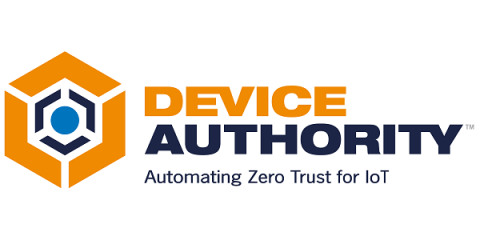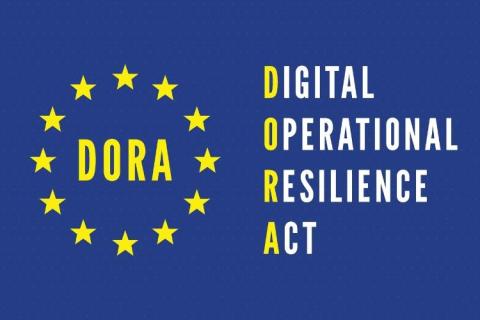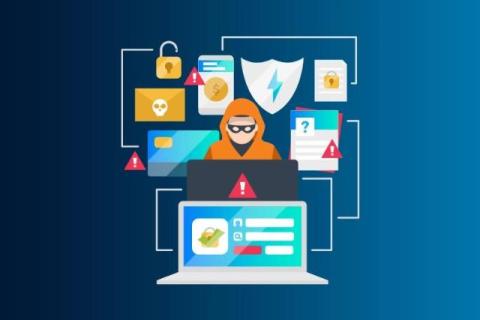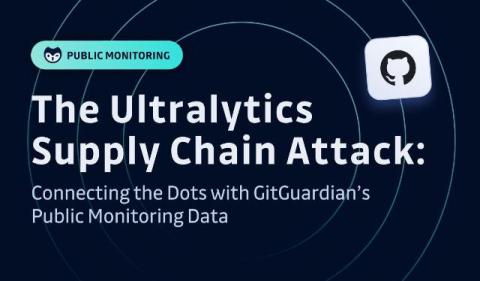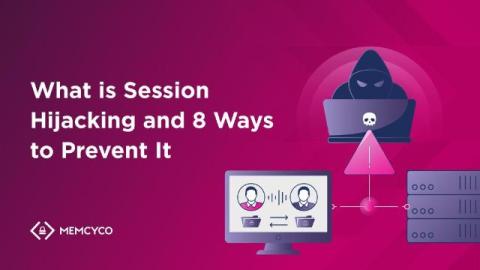Rainbow Table Attacks: How They Work and How to Defend Against Them
Many common password attack methods are quite straightforward — much like trying various physical keys to open the lock on a door. For example, in brute force attacks, adversaries systematically guess passwords until they find the correct one. Or instead of simply guessing, they can use a list of username/password combinations leaked from other breaches (credential stuffing) or cycle through known usernames combined with commonly used passwords (password spraying).







